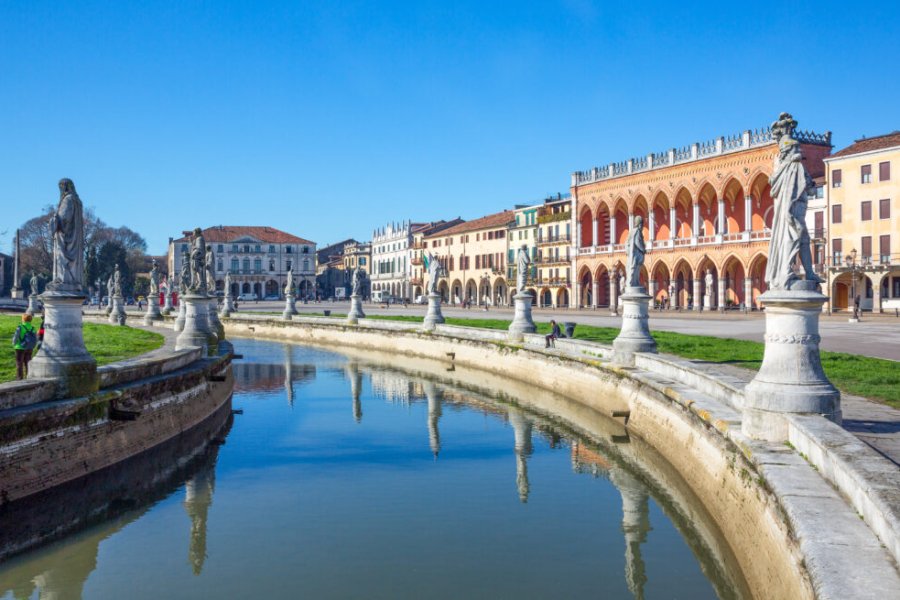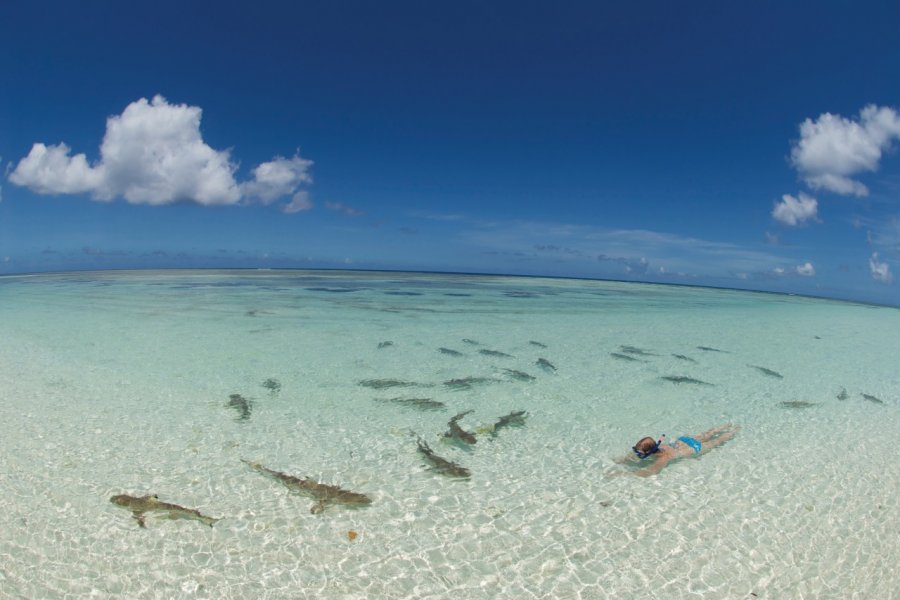Travel Guide Aldabra
Find an accommodation
Advertising
This exceptional natural site, well before Cousteau (who made the famous Silent World ), was the subject of the first official petition signed by scientists (including Charles Darwin). It was in 1874. It was about defending an endangered animal species, the land tortoise. The petition was successful, just as the outcry of 1964-1966 proved to be successful. In any case, it was a severe alert for Great Britain, then a colonial power, which decided at the time to create the British Indian Ocean Territory to reinforce its defense east of Suez. A Mauritian island (Diego Garcia) and three Seychelles islands (Desroches, Farquhar and Aldabra) were to constitute this military territory. But resistance was organized, and the English ecologists finally won their case. Only Diego Garcia was militarized and it was a research station that was inaugurated in 1971. Built by the venerable Royal Society of London, it quickly became one of the major scientific centers of the planet. Aldabra was included by Unesco in 1982 in its list of world heritage sites. Today managed by the Seychelles Islands Foundation, Aldabra has remained a land virtually untouched by man. It is the largest coral atoll in the world and the four islands that make it up (Picard, Polymnie, Malabar, Grande Terre) form a lagoon 35 km long and 13 km wide, from which emerge several lilliputian islands (Moustique, Esprit...). It is a real inland sea, which empties completely at low tide, leaving only curious coral mushrooms. With its 360 km2 of pure nature, Aldabra is the only place in the world (with the Galapagos Islands) where one can find such dense colonies of giant land tortoises in the wild. We counted 100 000 of them at the last census. If the turtle is undeniably the headliner of this atoll, it is nevertheless surrounded by many supporting characters and extras. We can admire a wide range of birds: frigate birds, ibises, blue pigeons, pink flamingos... or the Aldabra rail, a walking bird which, although stuck to the ground, is not afraid of man. The latter is also found on Picard, Polymnia and Malabar. On Grande Terre, it is hunted by the wildcat. The enormous coconut crab has also found safety, while everywhere else it is hunted for its unctuous flesh with the taste of coconuts, which it feeds on after having opened them with astonishing dexterity. Here, there is no question of touching the slightest claw: on Aldabra, it is the animal that makes the law. Man is only an intruder who is asked to be small. It is true that except for naturalists and sailors, few visitors have the privilege to set foot on this reserve. But it is possible that in the medium term it will open up to ecotourism, which is very much in vogue, as the island near Assumption, with its airstrip, could serve as a bridgehead for excursions to Aldabra, located between 1 and 3 hours by boat, depending on conditions. In small groups, ecotourists will be able to enjoy one of the most spectacular natural sites on the planet.
Suggested addresses Aldabra
Weather at the moment
Advertising
Organize your trip with our partners Aldabra
Transportation
Book your plane tickets
Car Rental
Boat rental
Accommodation & stays
Find a hotel
Holiday rental
Find your campsite
Tailor-made trip
Immersion travel
Services / On site
Activities & visits
Find a doctor




